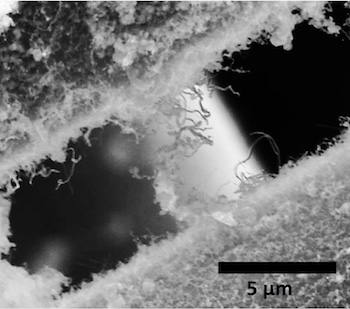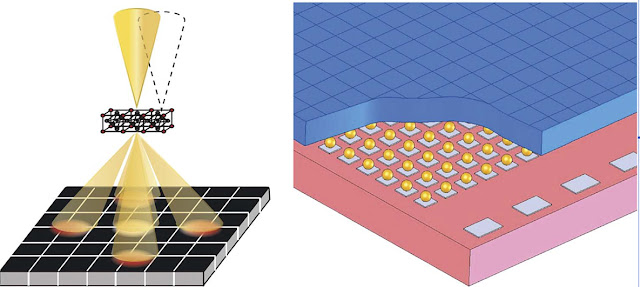About nine years ago we saw the flick which showed humans controlling the body of an alien. Today we have that technology though it is in the initial but has huge potential to grow by leap and bounds in the upcoming years. Leaving the realm of science fiction aside scientists has long been working on developing a system called ‘brain computer interfaces’ or BCI. This particular technology is designed to allow humans to read and use the thought in order to control the machines and one of its prime examples are the humanoid robots.
Now the researchers at Korea Advanced Institute of Science and Technology (KAIST) had successfully developed a highly sophisticated human turtle interaction system. This system allows the signals emerging from the human brain to produce desirable effect on the movement of the turtle.
How this technology works?
If you are wondering how human are able to control the turtle movements simply with their thought then here is complete process. Human operator has to wear a head mounted display which is commonly refereed as HMD. HMD IS combined with the BCI which helps in immersing the human operator right into the turtle environment. On other hand the turtle in question is equipped with a cyborg system which consists of a camera, Wi-Fi receiver along with a control module as well as a battery. All of this is mounted on the upper shell of the turtle. A black semi-cylinder with a slit is also placed on the shell which helps in forming a true simulation device.
A camera is mounted on the turtle which is received by a human operator. Using these real time video images the human operator has to be deciding where he wants the turtle to move about. Human operator is required to provide all the commands which affects the motion of the turtle using a wearble BCI system which effectively makes use of the electroencephalography (EEG) signals.
Currently the BCI system is designed to take commands only in the three metal states of left, right and idle. Now when the human operator tends to make the choice either left or right that commands happens to activate the turtle simulation device which is connected through a Wi-Fi. This particular process invokes a natural instinct in the turtle to move towards the light and thereby it changes the direction.
Future applications of this technology
This research has clearly demonstrated how the human thought can be utilized in developing animal guiding scheme for turtles. This technology in future can be easily integrated into positioning system and can certainly help in augmented and virtual reality techniques.
On other hand this can be helpful in enabling a wide range of application which might devices form the military reconnaissance and surveillance. But for these to happen it might take another decade to make the technology human proof, robust and highly reliable so that it can distinguish from the raw and concentre commands originating from the human mind.
Now the researchers at Korea Advanced Institute of Science and Technology (KAIST) had successfully developed a highly sophisticated human turtle interaction system. This system allows the signals emerging from the human brain to produce desirable effect on the movement of the turtle.
How this technology works?
If you are wondering how human are able to control the turtle movements simply with their thought then here is complete process. Human operator has to wear a head mounted display which is commonly refereed as HMD. HMD IS combined with the BCI which helps in immersing the human operator right into the turtle environment. On other hand the turtle in question is equipped with a cyborg system which consists of a camera, Wi-Fi receiver along with a control module as well as a battery. All of this is mounted on the upper shell of the turtle. A black semi-cylinder with a slit is also placed on the shell which helps in forming a true simulation device.
A camera is mounted on the turtle which is received by a human operator. Using these real time video images the human operator has to be deciding where he wants the turtle to move about. Human operator is required to provide all the commands which affects the motion of the turtle using a wearble BCI system which effectively makes use of the electroencephalography (EEG) signals.
Currently the BCI system is designed to take commands only in the three metal states of left, right and idle. Now when the human operator tends to make the choice either left or right that commands happens to activate the turtle simulation device which is connected through a Wi-Fi. This particular process invokes a natural instinct in the turtle to move towards the light and thereby it changes the direction.
Future applications of this technology
This research has clearly demonstrated how the human thought can be utilized in developing animal guiding scheme for turtles. This technology in future can be easily integrated into positioning system and can certainly help in augmented and virtual reality techniques.
On other hand this can be helpful in enabling a wide range of application which might devices form the military reconnaissance and surveillance. But for these to happen it might take another decade to make the technology human proof, robust and highly reliable so that it can distinguish from the raw and concentre commands originating from the human mind.








